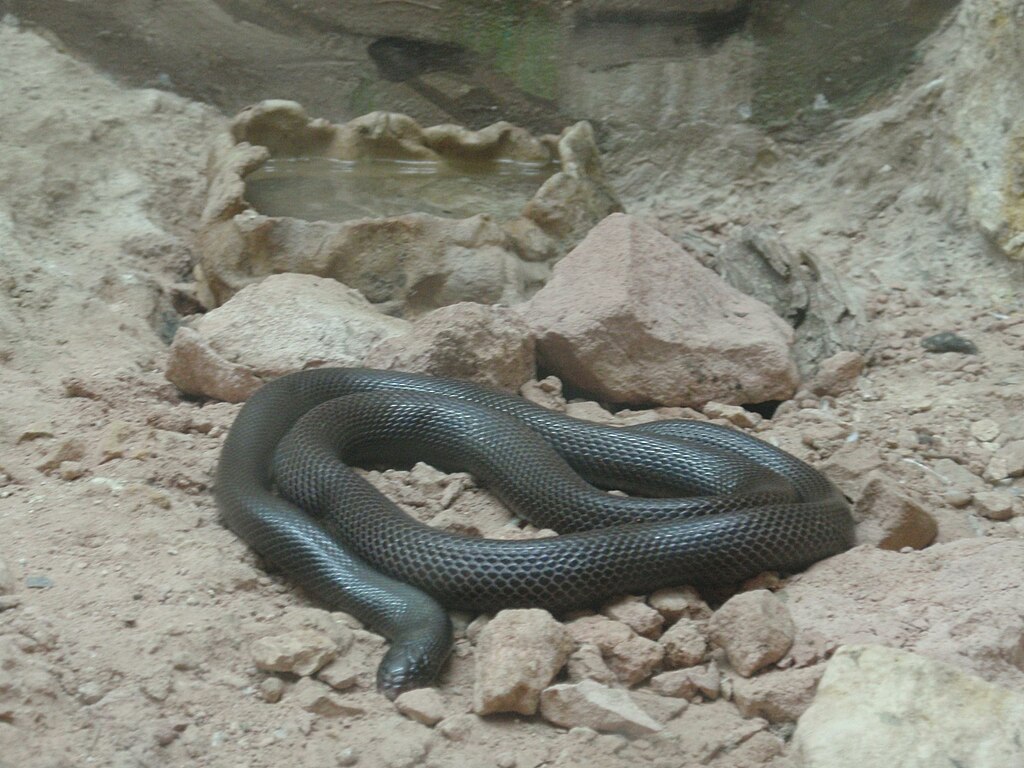In the enigmatic world of herpetology, few phenomena captivate the imagination quite like bioluminescent reptiles. Among these mysterious creatures, the concept of a snake that glows under moonlight represents a fascinating intersection of biology, folklore, and scientific inquiry. While true bioluminescence exists in many marine organisms and some terrestrial creatures like fireflies, the relationship between snakes and luminescence presents a complex tapestry of scientific fact, cultural mythology, and optical phenomena. This article explores the reality behind glowing snakes, examining both the scientific principles that might explain such observations and the rich cultural narratives that have perpetuated these compelling stories across generations.
The Scientific Reality of Bioluminescent Snakes

Contrary to popular imagination, there are currently no scientifically confirmed snake species that naturally glow when exposed to moonlight through true bioluminescence. Bioluminescence is a biochemical process where organisms produce light through chemical reactions in their bodies, typically involving a substance called luciferin interacting with oxygen in the presence of an enzyme called luciferase. This phenomenon is well-documented in marine organisms like certain jellyfish, deep-sea fish, and various invertebrates, as well as in terrestrial creatures like fireflies and some fungi. However, among vertebrates, particularly reptiles including snakes, natural bioluminescence has not been definitively established through scientific research, despite occasional anecdotal reports that suggest otherwise.
Fluorescence: A Different Kind of Glow
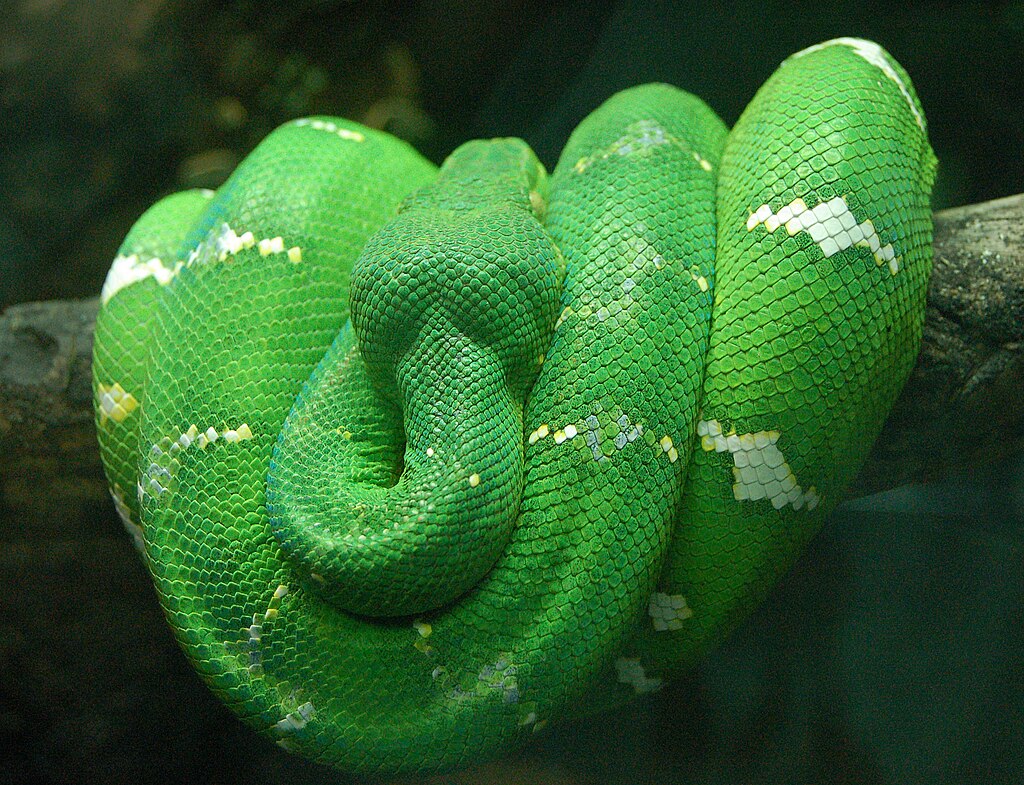
While true bioluminescence may be absent in snakes, some species do exhibit fluorescence, which is often confused with bioluminescence. Fluorescence occurs when an organism absorbs light at one wavelength and re-emits it at another, usually longer wavelength, creating a visible glow when exposed to certain light conditions. In 2017, researchers discovered that certain species of sea turtles exhibit biofluorescence under blue light, raising questions about whether similar properties might exist in other reptiles. Some snake scales can reflect light in ways that might appear luminous under specific lighting conditions, particularly when containing certain pigments or structural features that interact with ultraviolet or infrared light. This phenomenon, while not the same as glowing in moonlight, might explain some observations that have contributed to myths about luminous serpents.
Cultural Mythology of Glowing Serpents
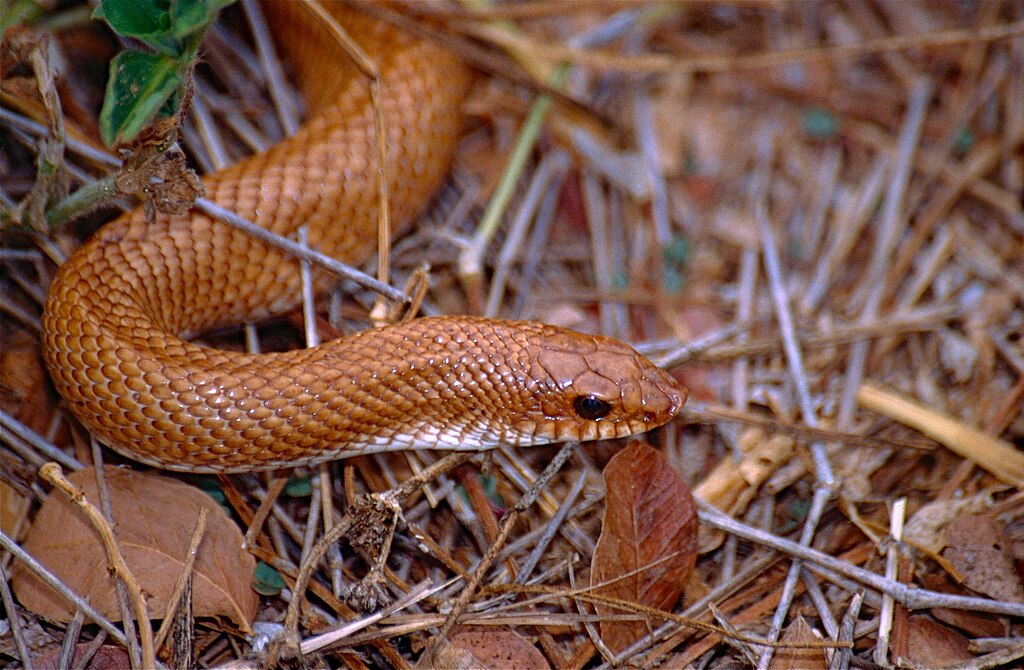
Throughout human history, luminous snakes have featured prominently in folklore and mythology across various cultures. In many African traditions, stories tell of mystical snakes whose scales shine like precious metals when bathed in moonlight, often serving as guardians of sacred spaces or bearers of spiritual wisdom. Native American legends similarly describe serpent beings with supernatural luminous properties that served as powerful omens or messengers between worlds. In Southeast Asian folklore, particularly in regions like Thailand and Cambodia, narratives of the Naga – a serpent deity that glows with inner light – persist to this day. These cultural accounts, while rich in symbolic meaning, likely represent a blend of natural observations interpreted through spiritual frameworks rather than documentation of actual biological phenomena.
The Moonlight Connection: Optical Effects on Snake Scales
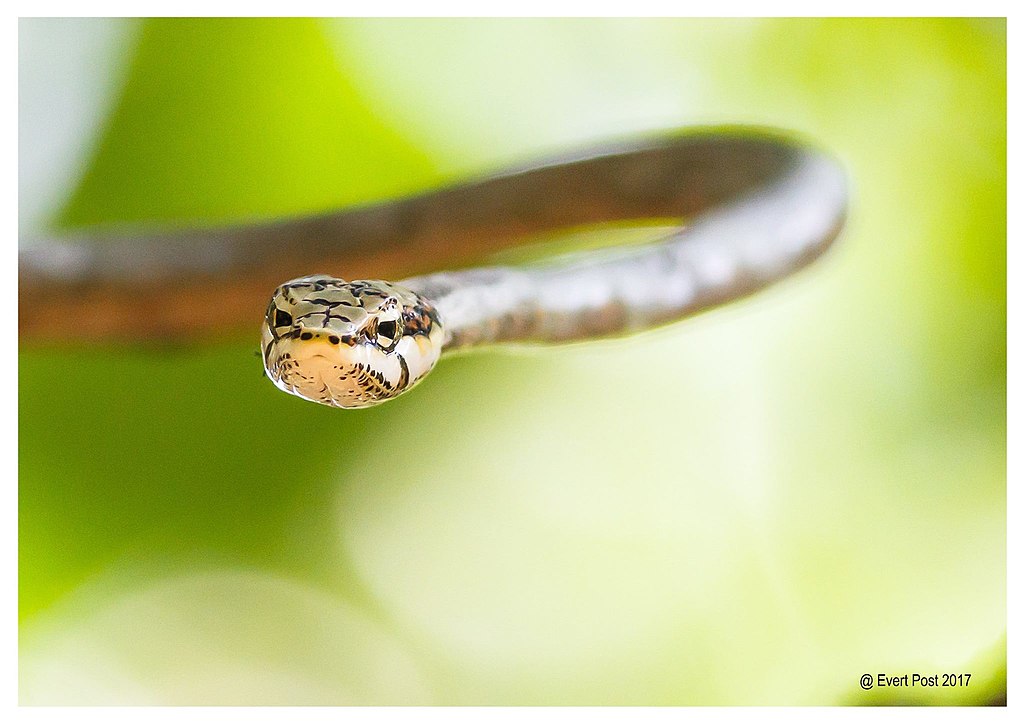
The specific connection between snake luminosity and moonlight likely stems from the unique optical properties of snake scales when viewed under natural nocturnal light conditions. Snake scales are composed of keratin, the same protein found in human hair and nails, but are often structured in ways that create iridescence through the physical interaction of light with their microscopic surface features. When moonlight – which is reflected sunlight – illuminates these scales, particularly on species with highly reflective scale structures, the visual effect can be striking. The combination of the cool blue tones of moonlight with the natural iridescence of certain snake species can create an ethereal, almost luminous appearance that might easily be interpreted as a supernatural glow, especially when observed by humans whose night vision naturally enhances contrast and perceived brightness in low-light conditions.
Notable Snake Species with Reflective Properties

Several snake species possess highly reflective scales that might contribute to perceptions of luminosity under moonlight. The White-lipped Python (Leiopython albertisii) from New Guinea exhibits an iridescent sheen that can appear remarkably bright in certain light conditions. The Sunbeam Snake (Xenopeltis unicolor) is particularly known for its iridescent scales that display a rainbow of colors that can appear to glow when light hits them at certain angles. The Rainbow Boa (Epicrates cenchria) possesses microscopic ridges on its scales that act as prisms, breaking light into component colors that create a shimmering effect. The Calabar Burrowing Python (Calabaria reinhardtii) has scales that reflect light in ways that can make it appear to glow softly in dim conditions. These natural reflective properties, while not true luminescence, might explain many historical accounts of “glowing” snakes observed in moonlight.
Scientific Explanations for Perceived Luminescence
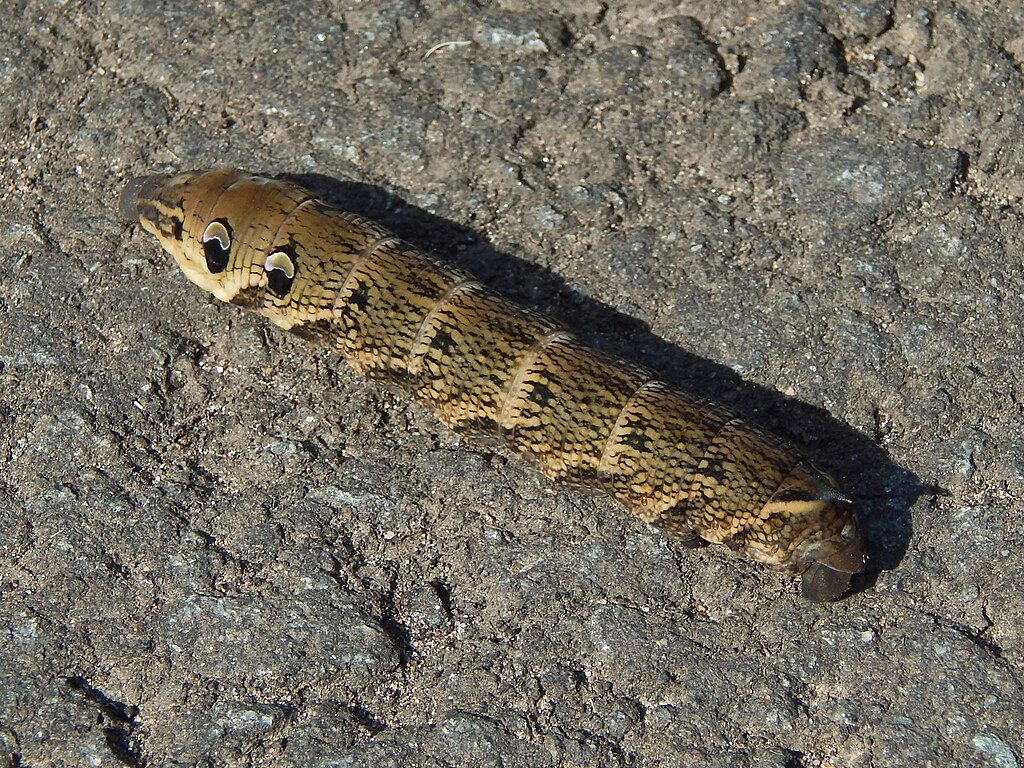
Scientific investigation offers several explanations for why observers might genuinely perceive snakes as glowing in moonlight, even in the absence of true bioluminescence. The human visual system undergoes significant changes in low-light conditions, with rod cells in the retina taking over primary visual processing from cone cells, resulting in enhanced sensitivity but reduced color discrimination – a state known as scotopic vision. In this visual state, contrasts appear enhanced, and bright objects against dark backgrounds can seem to emit light rather than merely reflect it. Additionally, the phenomenon of “dark adaptation” means that after prolonged exposure to darkness, even small amounts of reflected light can appear surprisingly bright to the human eye. When combined with the natural iridescence of certain snake species, these perceptual effects might easily lead to sincere reports of seemingly luminous serpents, particularly in pre-scientific eras when alternative explanations weren’t readily available.
Potential Evolutionary Advantages of Reflectivity
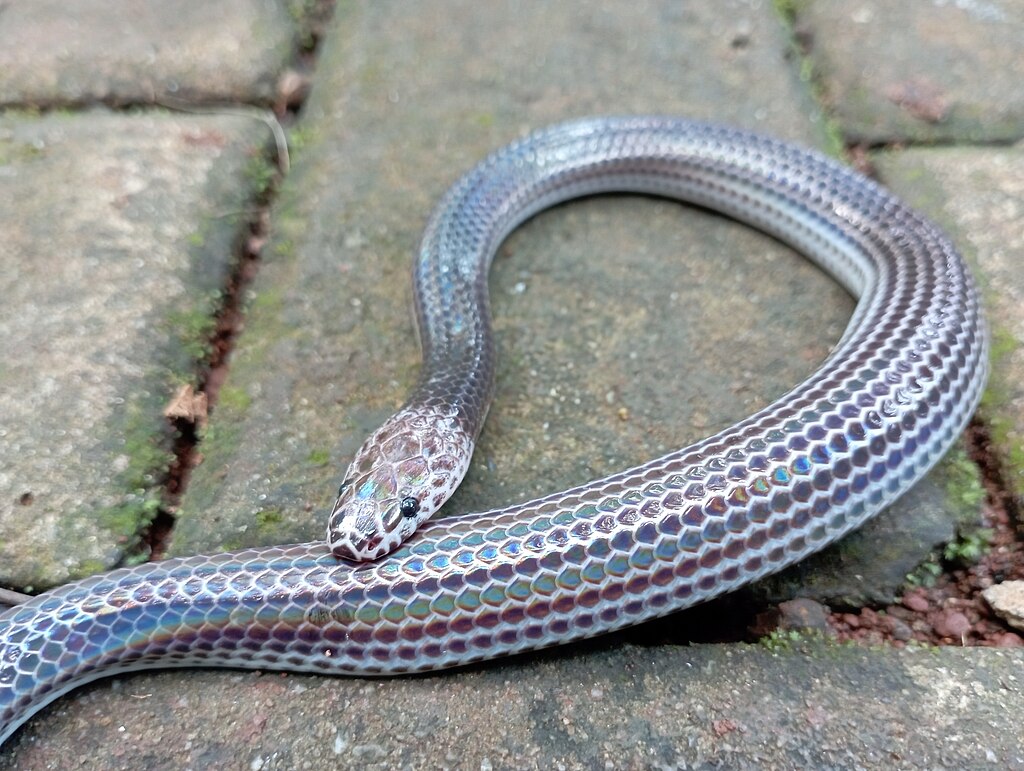
While true moonlight-activated bioluminescence hasn’t been documented in snakes, the reflective properties many species possess likely serve important evolutionary functions. For nocturnal species, highly reflective scales might aid in thermoregulation by reflecting rather than absorbing the limited infrared radiation available at night, helping to conserve body heat. In some species, reflective scales might serve communication purposes, making individuals more visible to potential mates during nocturnal breeding seasons. Conversely, the iridescent properties of some snake scales might serve as camouflage, breaking up the snake’s outline when moving through dappled moonlight in forest environments. Some researchers have even speculated that highly reflective scales might momentarily dazzle or confuse potential predators during nocturnal encounters, providing a critical moment for escape – though this hypothesis remains speculative without specific studies to support it.
The Influence of Shed Skin on Light Reflectivity
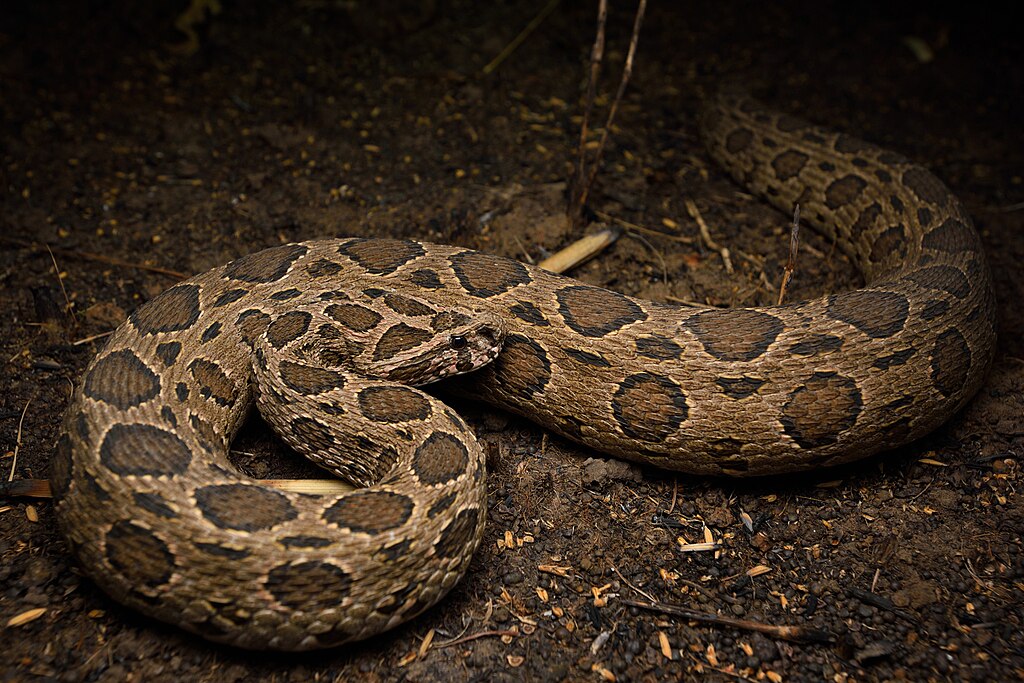
The shedding process of snakes adds another dimension to the phenomenon of perceived luminosity in moonlight. Immediately before shedding, many snake species develop a milky, bluish appearance to their eyes and scales as fluid accumulates between the old and new skin layers. This pre-shedding condition, called “being in blue” by herpetologists, can significantly alter how light interacts with the snake’s body. During this phase, the semi-translucent quality of the loosening outer skin layer can scatter and diffuse light in ways that might enhance the perception of a glow, particularly under the diffuse illumination of moonlight. After shedding, newly exposed scales are often at their most reflective and iridescent, which might further contribute to observations of enhanced brightness or apparent luminosity when such snakes are observed shortly after completing their molt.
Modern Scientific Research and Future Possibilities
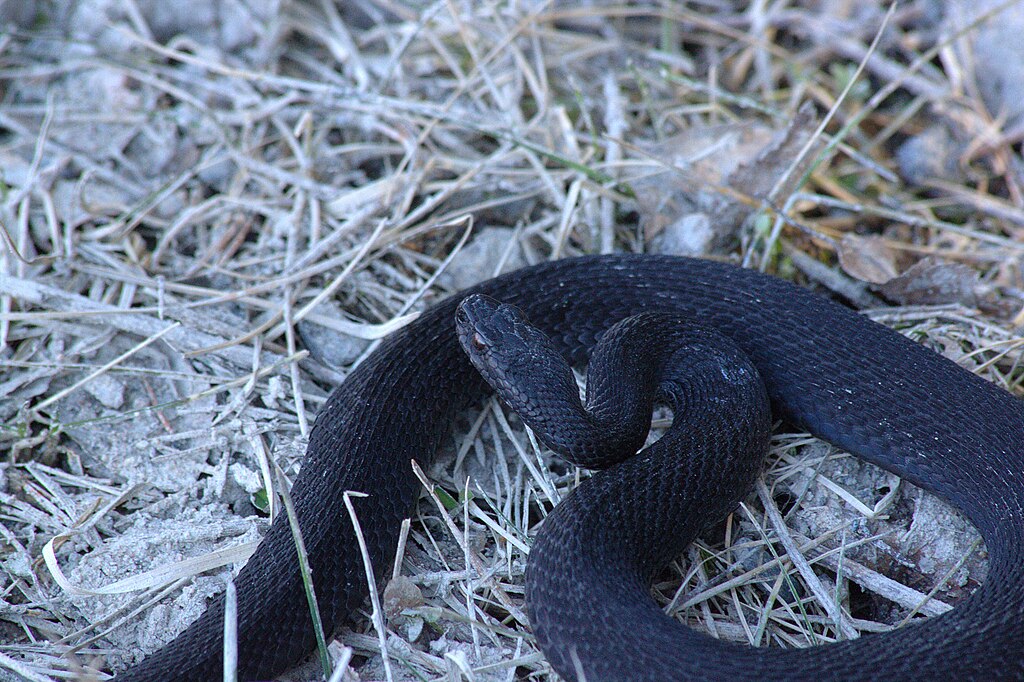
Contemporary scientific research continues to explore the optical properties of reptile scales, including those of snakes, using advanced imaging technologies and spectroscopic methods. Recent studies have revealed unexpected complexity in how reptile scales interact with different wavelengths of light, including ultraviolet and infrared light invisible to the human eye. Some researchers speculate that as yet undiscovered forms of biofluorescence might exist in certain snake species, particularly those from remote habitats that have received limited scientific attention. The discovery of biofluorescence in related reptiles like sea turtles has prompted renewed interest in investigating similar properties across the reptile family tree. Advanced technologies like hyperspectral imaging now allow scientists to detect subtle light interactions that would have been impossible to document with earlier methods, raising the intriguing possibility that some basis for historical accounts of luminous snakes might eventually find scientific validation, albeit through mechanisms different from those imagined in folklore.
Documented Cases of Unusual Luminosity

While scientific literature doesn’t support claims of true bioluminescence in snakes, there have been documented cases of unusually striking light interactions that might explain some historical accounts. In 2019, wildlife photographers in the Amazon basin captured images of a particular emerald tree boa that appeared to emit an otherworldly glow when photographed under certain conditions, though analysis revealed this was due to an exceptional degree of iridescence rather than light production. Field herpetologists working in Southeast Asia have recorded instances of particular Wayan’s pit vipers whose scales created such striking light effects in moonlight that they initially suspected some novel form of luminescence before closer examination revealed extreme structural iridescence. Several cryptozoological expeditions investigating tribal accounts of “moon serpents” in Central Africa have documented snake species with scales containing guanine crystals that create intense flashes of light when moving through patches of moonlight. These documented cases, while falling short of true bioluminescence, demonstrate how exceptional cases of reflectivity might give rise to sincere beliefs in glowing snakes.
Artistic and Cultural Interpretations
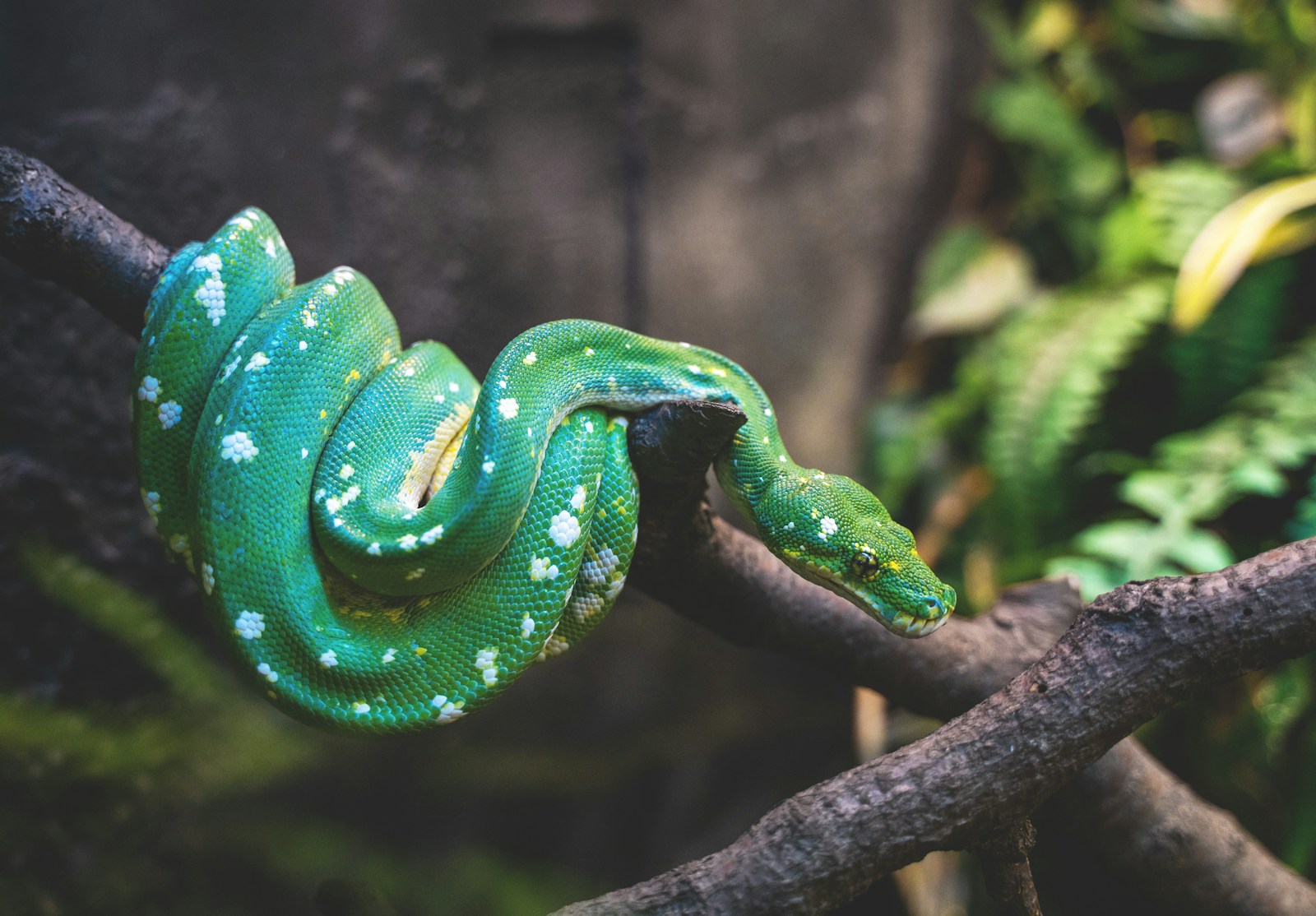
The compelling image of snakes that glow in moonlight has inspired artistic and cultural expressions across numerous societies and historical periods. In traditional Chinese art, luminous serpents often symbolize wisdom and enlightenment, appearing in paintings and sculptures with scales rendered in mother-of-pearl or other reflective materials to suggest supernatural luminosity. Contemporary fantasy literature frequently incorporates the motif of moon-responsive serpents, elaborating on the symbolic connection between snakes, lunar cycles, and hidden knowledge. Modern jewelry designers have created pieces inspired by the concept, using materials like opal and moonstone to mimic the imagined effect of scales that come alive with inner light when touched by moonbeams. Digital artists and cinematographers have embraced the visual potential of luminous serpents, creating dramatic representations that, while scientifically inaccurate, capture the wonder and mystery that has made this concept so enduring in human imagination throughout recorded history.
Conservation Implications and Human Interactions
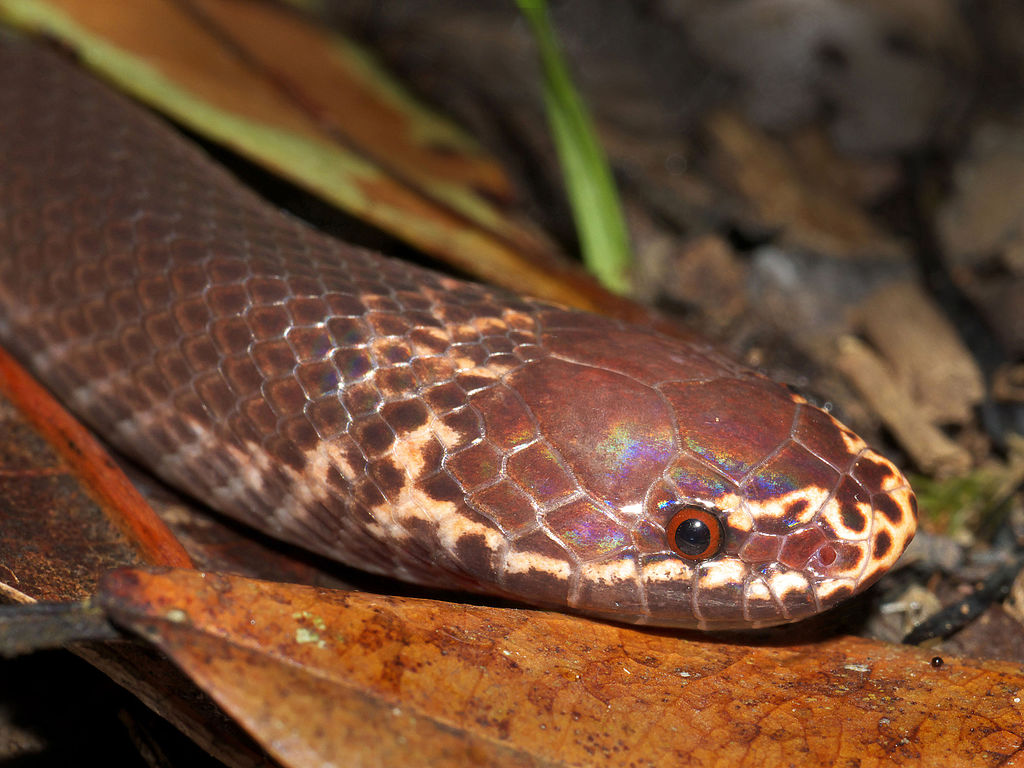
The persistent folklore surrounding luminous snakes carries significant implications for conservation efforts focused on these often-misunderstood creatures. In regions where cultural beliefs in supernatural serpents remain strong, highly reflective snake species often face elevated threats from collection for traditional medicine or occult practices, based on beliefs in their magical properties. Conversely, some traditional taboos against harming “sacred” luminous serpents have occasionally provided inadvertent protection for rare species in certain cultural contexts. Modern education efforts by conservation organizations increasingly incorporate local folklore about special properties of native snakes, using these cultural entry points to build broader understanding of the ecological importance of these animals. By acknowledging and respecting traditional beliefs while gently introducing scientific perspectives, conservationists have found more success in promoting coexistence between humans and the remarkable snakes that share their environments, whether these serpents truly glow or simply shine with natural beauty when bathed in moonlight.
Conclusion
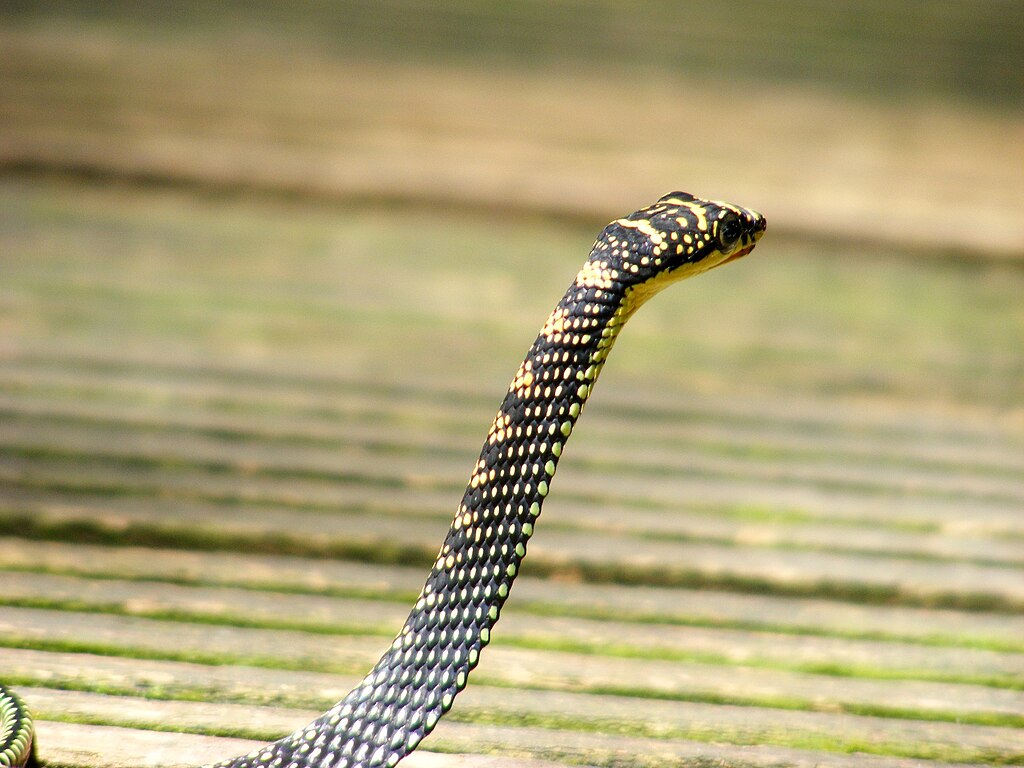
While science has yet to confirm the existence of snakes that truly glow when exposed to moonlight through bioluminescence, the intersection of optical physics, visual perception, and the remarkable diversity of snake scale structures provides ample ground for understanding how such beliefs might arise. The persistent appeal of luminous serpents across cultures and throughout history speaks to humanity’s enduring fascination with the mysterious capabilities of the natural world. Whether through the iridescent shimmer of a rainbow boa or the cultural reverence for mythic nagas, the relationship between snakes, light, and human imagination continues to evolve. In this realm where science meets symbolism, perhaps the most valuable perspective acknowledges both the factual realities of how snake scales interact with light and the rich cultural meanings humans have derived from observing these remarkable creatures in the ethereal glow of moonlight.

